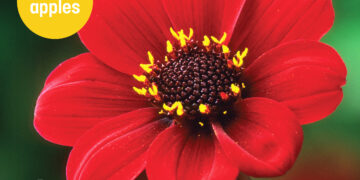No Result
View All Result
Taking and Managing Cuttings
- Take cuttings of geraniums, fuchsias, and other tender plants to overwinter for next year.
- Take cuttings of evergreen shrubs and trees, inserting them in pots with a mix of two parts peat to one part sand, and cover them with white polythene.
- Pot up freesia corms for a wonderful scent in spring.
- Take semi-hardwood cuttings of deciduous and evergreen shrubs, inserting them in compost made of two parts peat to one part sand or vermiculite. Use rooting powder and cover with white polythene.
Watering and Feeding
- Continue watering and feeding greenhouse plants, especially those in flower or likely to flower in autumn or winter, such as Christmas cactus and indoor azalea.
- Be careful to water plants in pots or grow-bags regularly.
- Stop feeding most greenhouse plants and house plants except for those that flower in winter.
- Give grapevines more water towards the end of the month to encourage early growth.
Training and Pruning
- Train and side-shoot tomatoes and cucumbers, picking fruit as it ripens.
- Prune a greenhouse peach when the fruit has been picked, removing most shoots that carried flowers and fruit, and tying in new green shoots to flower and fruit next year.
- Remove tops from tomato plants to encourage the development of already present green fruit.
Pest Control
- Check all plants for pests such as greenflies, red spider mites, or whiteflies, as they tend to build up unnoticed in winter.
Greenhouse Maintenance
- Keep the greenhouse atmosphere dry by watering only as much as required.
- Tidy up the greenhouse, avoiding over-watering or splashing water to reduce grey mould disease.
- Remove pea-sized green tomatoes and unwanted flowers and trusses, allowing only existing fruit to develop.
No Result
View All Result













